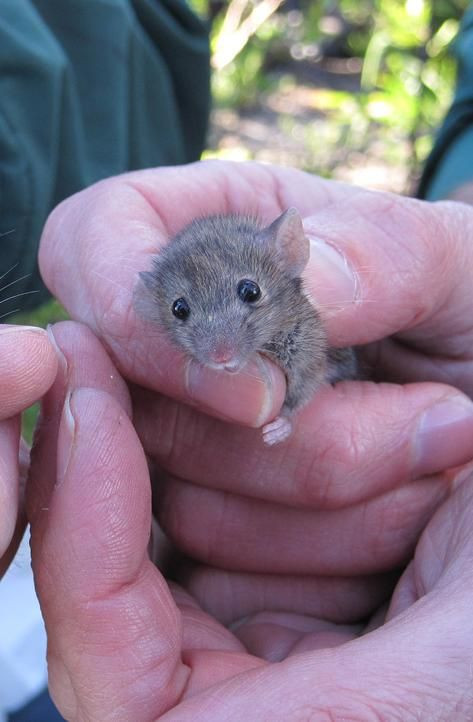Male Mice Sing to Attract Female Mates

Scientists have discovered that male house mice sing songs to attract females.
Although mice vocalizations are inaudible to human ears Researchers from the University of Veterinary Medicine and Konrad Lorenz Institute of Ethology found through spectrographic analyses that these ultrasonic vocalizations are complex and demonstrate song-like characteristics.
When the playbacks of recorded songs were slowed down, house mice vocalizations sounded strikingly similar to bird songs.
Researchers have known that house mice (Mus musculus) produce ultrasonic vocalizations during courtship, but it was generally assumed that these sounds were no more than squeaks.
Researchers found that males sing songs when they encounter female scent, and that females are attracted to songs sung by males. The study also found that females are able to distinguish siblings from unrelated males by their songs, even having never heard their brothers sing.
The study recorded and analyzed the courtship calls of wild-caught male house mice using digital audio software to examine factors such as duration, pitch and frequency.
The results revealed that male songs contain “signature” or “fingerprints” that differ from one individual to another and songs of siblings were very similar compared to songs of unrelated males. Researchers said this finding could explain how female mice avoid inbreeding.
In the future, researchers hope to find if the complexity vocalizations in male mice has an effect on females that is similar to that of “sexy syllables” in some species of birds, where the males with the most complex songs appear to be the most successful at attracting females.
Researchers said that the vocalizations of wild mice are significantly different from the inbred strains of laboratory mice. Wild mice are capable of producing more syllables within high frequency ranges than laboratory mice, suggesting that there are genetic effects on mouse song.
"It seems as though house mice might provide a new model organism for the study of song in animals," says co-author Dustin Penn. "Who would have thought that?"
The study can be found in the journal Physiology & Behavior.



























